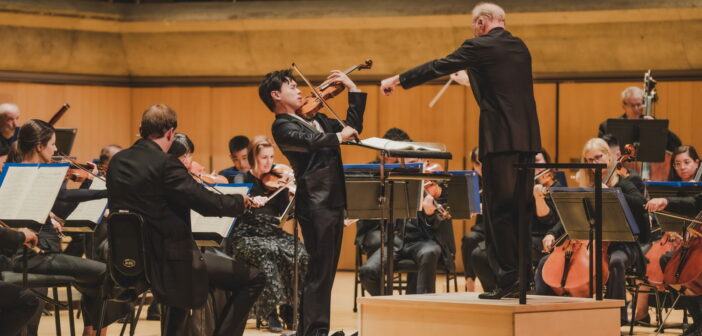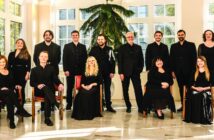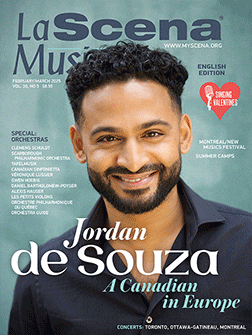Toronto Symphony Orchestra’s Oct. 24th program featured two beloved Romantic works: Max Bruch’s Violin Concerto No. 1 in G major, and Sergei Rachmaninoff’s Symphony No. 2 in E minor, with Italian conductor Gianandrea Noseda (Music Director of the National Symphony Orchestra in Washington, DC) at the helm. As with most TSO concerts, the evening opened with and introduced audiences to a rarely performed modern piece.
Goffredo Petrassi’s Concerto for Orchestra No. 2 is one of six concerti for orchestra the TSO is spotlighting this season. Petrassi, a highly regarded composer, conductor and teacher in his home country of Italy, is lesser known in the English-speaking world. According to the program notes, his Concerto for Orchestra No. 2 was intended to convey an “abstraction of Spring.” The single-movement concerto has five distinct parts, each with a different mood. In Calmo e sereno, I heard insects chirping at the first burst of spring. The Molto mosso, con vivacità section evoked temperamental spring weather punctuated by stormy outbursts. I imagined animals coming out of hibernation scurrying about for food in the Allgretto tranquillo. The final Presto section, however, is dissonant and boisterous, which begs the question: is all of nature in harmony?
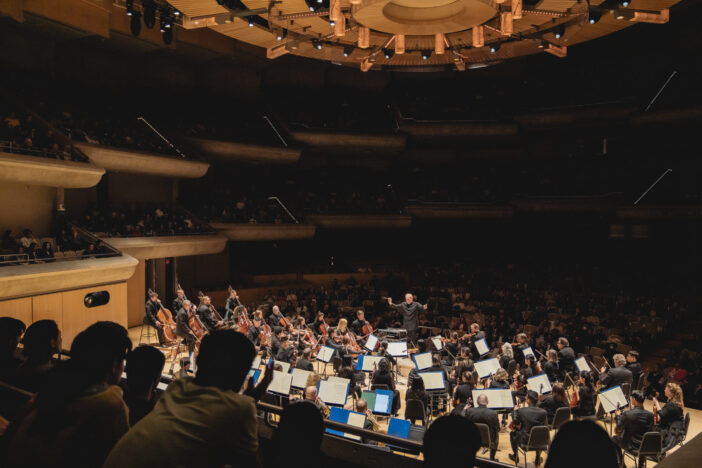
Photo: Allan Cabral
The Bruch Violin Concerto No. 1 is one of the most popular showcases for the instrument. The star of the night was undoubtedly the young award-winning, Canadian violinist Timothy Chooi. His slight build and boyish charm belie his mature and powerful playing. His very first notes gripped with brooding intensity. Noseda took a relaxed tempo in the first movement, giving Chooi space to freely express at will, often with intentional fermatas. The haunting melody in the second Adagio movement was played introspectively with rich colours. The final Allegro energico was simply that, full of energy.
Noseda took a ‘go big or go home’ approach, and the orchestra mirrored Chooi’s flourishes with some of the best playing I have heard from the TSO. This was inspite of some minor flaws—on two occasions in the third movement, Chooi’s lower register notes sounded raspy and flat. Being no expert on the violin, I could not tell if he had an instrument malfunction. Regardless, Chooi and the orchestra left us on a high as the piece raced to an exuberant finish.
With Rachmaninoff’s Symphony No. 2, Noseda demonstrated what a very animated conductor he is with an interpretation that can be summed up in two words: fast and furious. The first two movements were loud and full of urgency, and Noseda kept the machine running at full force without reprieve. The TSO was up to the task, and kept up well without losing steam. After the two movements, I was left to wonder how Noseda and the orchestra did not show any signs of exhaustion from all the athleticism.
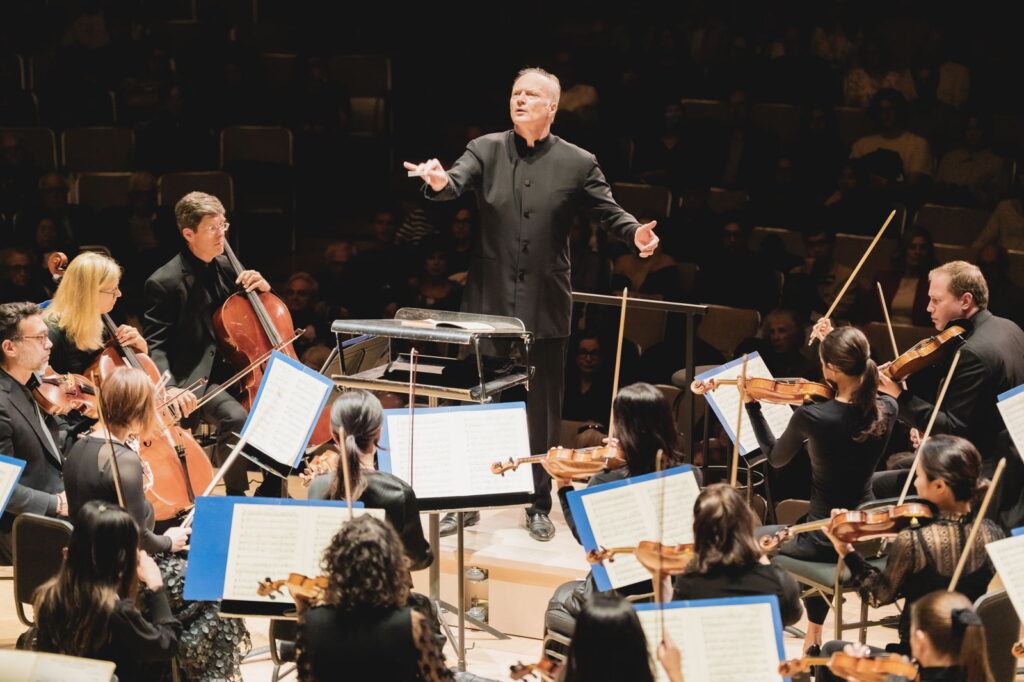
Photo: Allan Cabral
The third Adagio movement is no stranger to Toronto audiences who tune into Classical FM. It is played every night as the theme of the show “Nocturne.” Even though Noseda’s approach was a little over the top—I would have preferred a little more nuance—the movement’s lush and romantic melody washed over me like laps of warm waves. The Italian maestro unleashed all the emotions in the final movement, bringing out all the fanfare.
While I marveled at Rachmaninoff’s ingenuity, I was equally impressed by some of the most passionate playing I have ever experienced from the TSO. It takes someone like Noseda to push the orchestra to its limits. On such a night when the TSO was living up to its full potential, it was a pity to see so many empty seats in Roy Thomson Hall. Toronto has a top-notch orchestra, and the TSO deserves better.
For more on the Toronto Symphony Orchestra’s 2024-25 season, visit www.tso.ca

